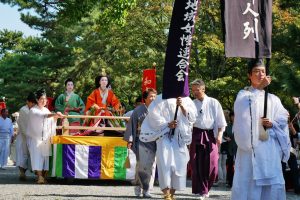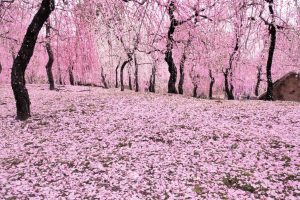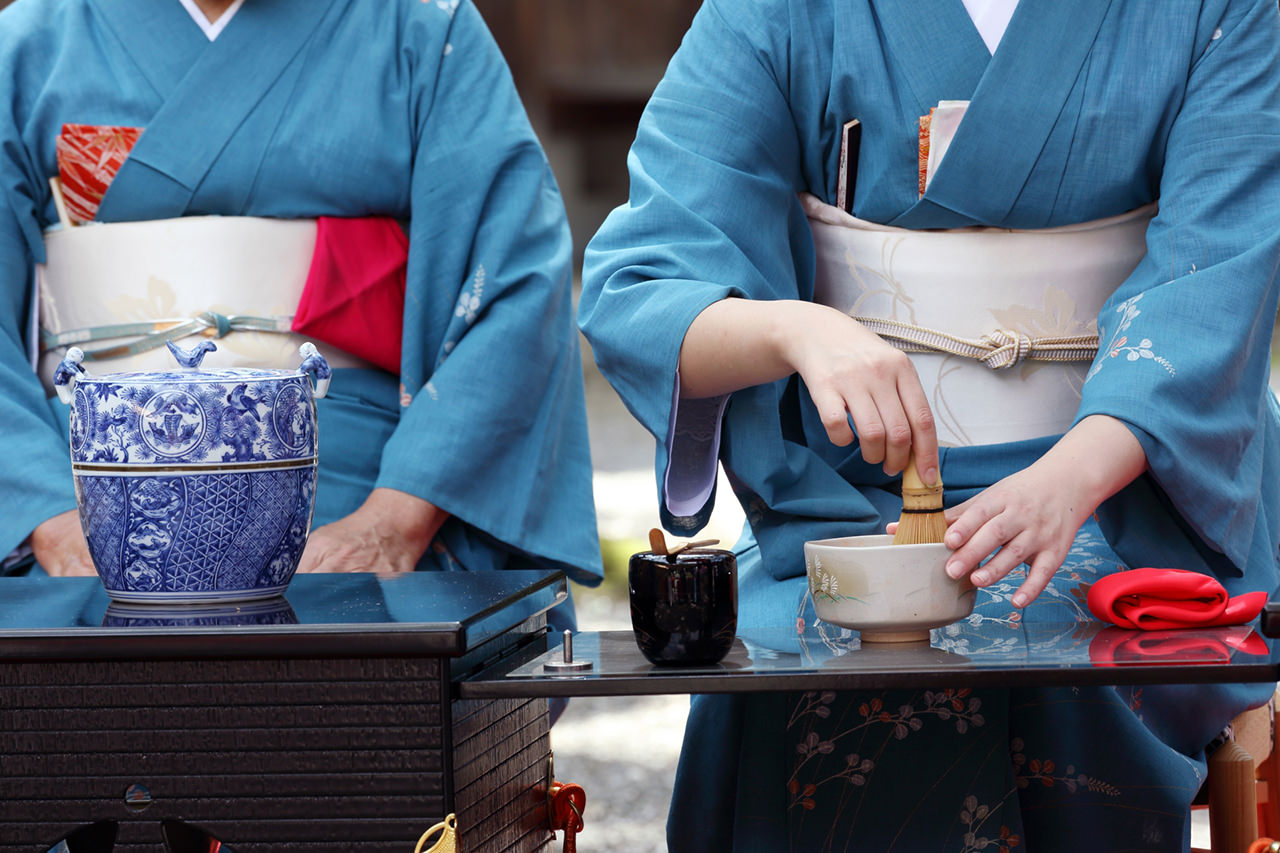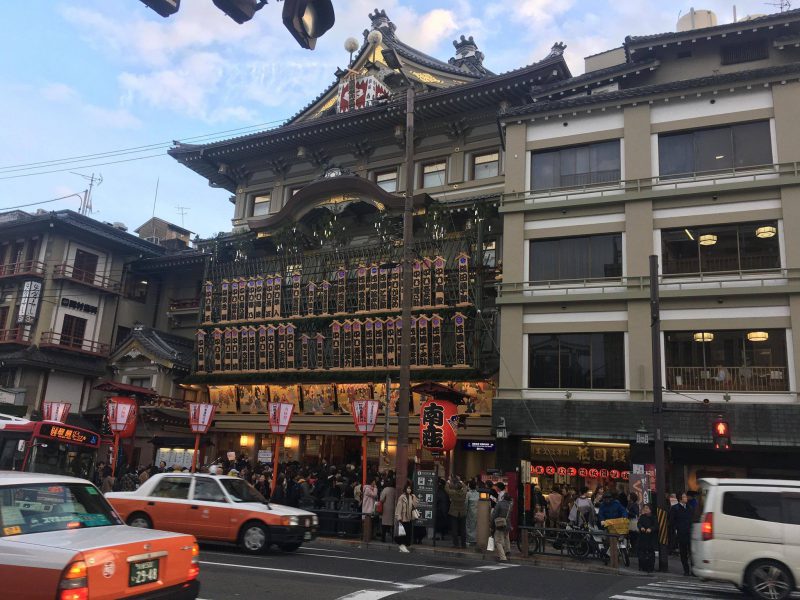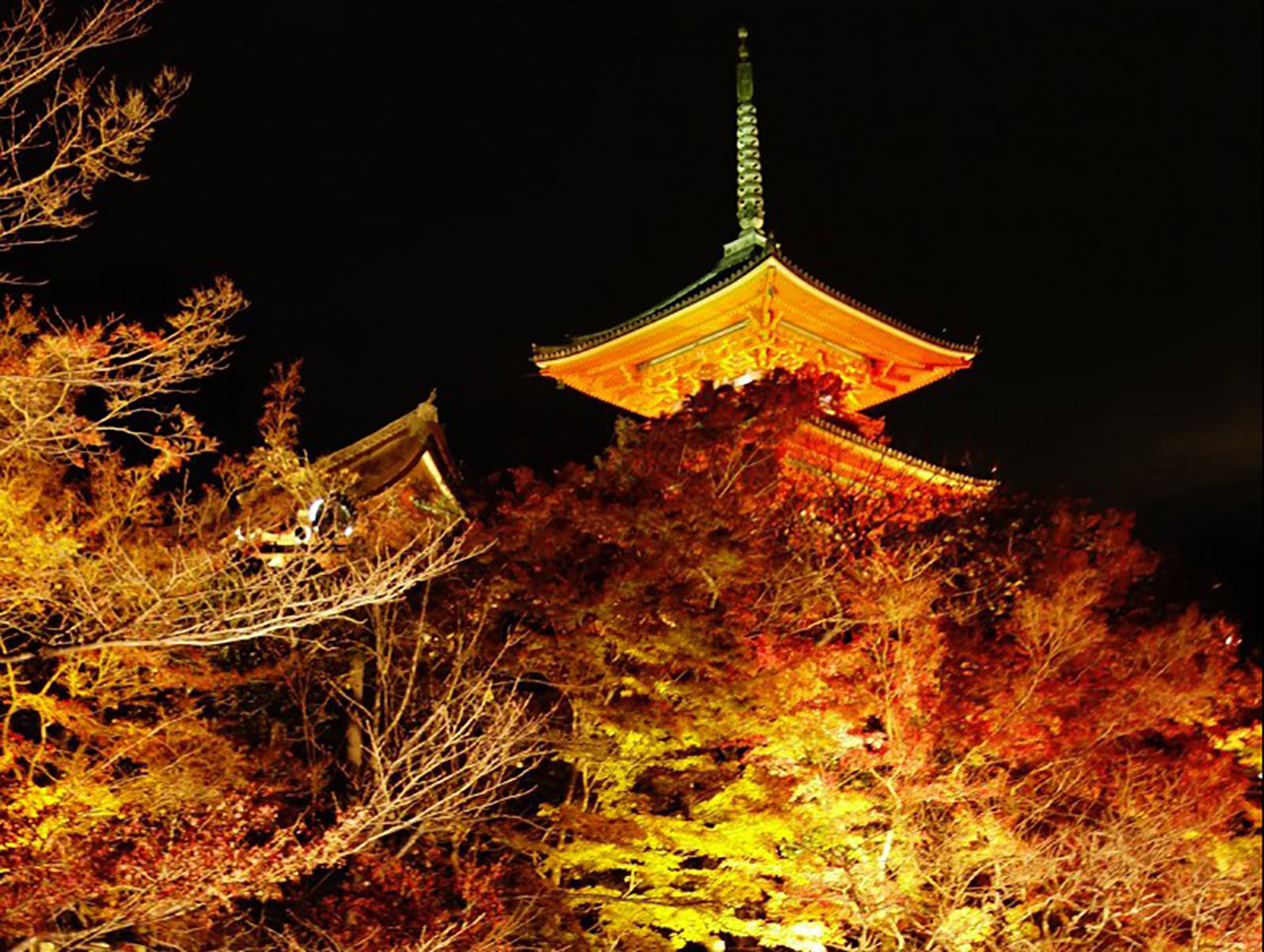Experience Kyoto Throughout the Seasons on Study Abroad
2023.10.16
Autumn
・Kyoto Student Festival
The Kyoto Student Festival is a major event held every year in front of Heian Jingu Shrine on a Sunday in early October. The festival began in 2003 and though it sees over 100,000 visitors, the event is actually produced by university students from Kyoto. It features music, dance, gourmet food, and fashion shows, and demonstrates the power students have to enliven the city of Kyoto.
International students can not only participate in various events on the day of the festival, but also be involved in its management by becoming an executive committee member, so if you are interested, please have a go!
Learn more about the Kyoto Student Festival!
・Official Kyoto Student Festival Website
・Kyoto’s Student-Produced Festival, Kyoto Intercollegiate Festival
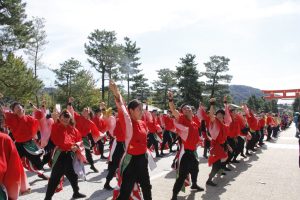
・Kyoto’s Three Major Festivals: Jidai Matsuri
The Jidai Matsuri Festival began in 1895 to commemorate the 1100th anniversary of the founding of Heian Jingu Shrine and the relocation of capital to modern-day Kyoto. Every year on October 22nd, some 2,000 people dress up in costumes from each era of Japanese history, starting with the Meiji Restoration (1868) and going back to the Heian period (794~1185), and parade from Kyoto Imperial Palace to Heian Jingu Shrine. You catch a glimpse of about 1,000 years of history in about two hours, so even if you’re not particularly interested in the history of Japan, it’s worth a look!
・Autumn Foliage
From mid-November to early December, the trees change color and the city of Kyoto becomes transformed with colorful autumn scenery. During this season, you can enjoy autumn by visiting famous spots for autumn leaves such as Eikando and Tofuku-ji Temple, and walk around familiar Kyoto places such as university campuses and nearby parks. Admire the elegant atmosphere that envelops this ancient city and red, orange, yellow, and green scenery.
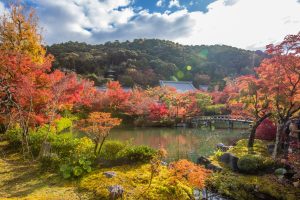
Winter
・Bells at New Year’s Eve
In Japan, December 31st is known as “Omisoka,” or New Year’s Eve. Traditionally, on New Year’s Eve, people clean their homes and prepare special dishes for the New Year. On the night of New Year’s Eve, shortly before the date changes, the temples offer prayers to get rid of the worries of the year and welcome the new year in a fresh way. To do this, the temple’s ring their bells 108 times.
The bell of Chion-in Temple, in particular, is well-known across Japan, and is rung dynamically by 17 monks at the same time. You may need to apply in advance, but there are many temples where you actually ring the bell yourself, so if you’re in Japan for New Years, why not start the new year in a very Japanese way?
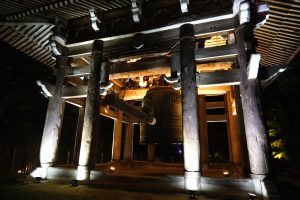
・Hatsumode
Visiting a shrine for the first time at the beginning of the year is called Hatsumode. With this first visit, people pray that the new year will be a good one.
There are many shrines in Kyoto, so you can select the shrine you’d most like to visit for this new year’s visit. For example, if you’re looking for luck in your studies or exams, visit Kitano Tenmangu Shrine, Yasaka Shrine for health and warding off evil, and Jishu-Jinja Shrine for love and connections. You can start the new year with a visit to the shrine, reading your fortune, and writing wishes on ema blocks!
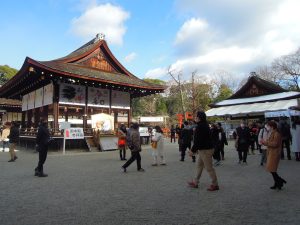
・Snowy Scenery
Winter in Kyoto is cold, but it doesn’t snow very much. This makes it very special when you do get the opportunity to see a snow-covered Kyoto, or “yuki gessho no Kyoto.” Kinkaku-ji Temple and Kifune Shrine in particular are very popular amongst photographers when covered in snow, but even if the snow does stick, it often melts in the morning, so early morning is the best time to catch a glimpse of the snowscape! Don’t forget to dress warmly!
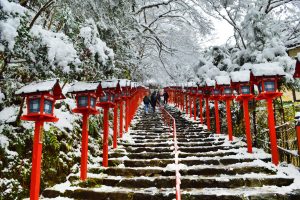
And Spring Comes Around Again
・Plum Blossom Season
From early February to mid-March, you can see beautiful plum blossoms in Kyoto. Plum blossoms are the first to beat the cold of winter and begin to bloom, letting us know that spring is finally almost here. The most famous plum viewing spot in Kyoto is Kitano Tenmangu Shrine, where you can enjoy 1,500 plum trees of 50 varieties blooming in the precincts. In addition, Jonan-gu Shrine is famous for a completely different variety, called weeping plum. It’s a great location to enjoy the magical look of pink plum blossoms on the drooping branches. It’s still chilly out, so stay warm when you go out!
Even on cold winter days around the end of February, you can start to feel the warmth of the sunlight, and find flower buds, and feel that spring is on the way, Even if you’re looking at the same scenery every day, it differs slightly depending on the season, and enjoying the differences each of these brings will help you to feel at home here in Kyoto.
These sorts of unique Kyoto experiences are sure to enrich your student life in Kyoto beyond just your studies. Check out some of the spring, summer, autumn, and winter Kyoto activities introduced in this article to find your own way to enjoy Kyoto!






